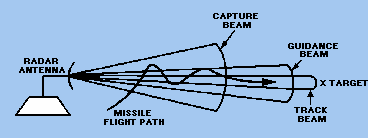The instrumentation plays an important role in our industry.It helps in precise measurement and testing of a number of quantities of interest.The electronics is also playing an increasingly important role in instrumentation.The cathode ray oscilloscopes (CRO's) frequency counters,signal generators,spectrum analysers,logic analizers,automatic test equipment,vision systems,security surveilance systems digital multimeters (DMM's) power supplies etc.,are some of the instruments,which are found in every industry and research organisations.
The control industry has improved drastically by the introduction of semiconductor electronics.Devices (discrete as well as integrated circuits,in some traditional areas,such as motor speed control and power rectifiers and inverters,there has been tremendous advancement.Instead of gas filled tubes (thyratrons) we have silicon controlled rectifiers(SCRs),power semiconductor diodes,power bipolar transistors,power MOSFETS,SITS AND IGBT;S.
Most of the control systems,which are available today,are possible only because of the advances in electronics.Besides analog control systems,we have digital control systems,analog neural network control systems and fuzzy logic control systems.All these systems are in use in digital camcorders,industrial and game robots,factory automation many more.
The introduction of microprocessors,microcomputers and digital integrated circuits and devices,has led to "smart"instruments and continuously increasing variety of digital control systems.The computers have become integral component of digital control systems.
The control industry has improved drastically by the introduction of semiconductor electronics.Devices (discrete as well as integrated circuits,in some traditional areas,such as motor speed control and power rectifiers and inverters,there has been tremendous advancement.Instead of gas filled tubes (thyratrons) we have silicon controlled rectifiers(SCRs),power semiconductor diodes,power bipolar transistors,power MOSFETS,SITS AND IGBT;S.
Most of the control systems,which are available today,are possible only because of the advances in electronics.Besides analog control systems,we have digital control systems,analog neural network control systems and fuzzy logic control systems.All these systems are in use in digital camcorders,industrial and game robots,factory automation many more.
The introduction of microprocessors,microcomputers and digital integrated circuits and devices,has led to "smart"instruments and continuously increasing variety of digital control systems.The computers have become integral component of digital control systems.










